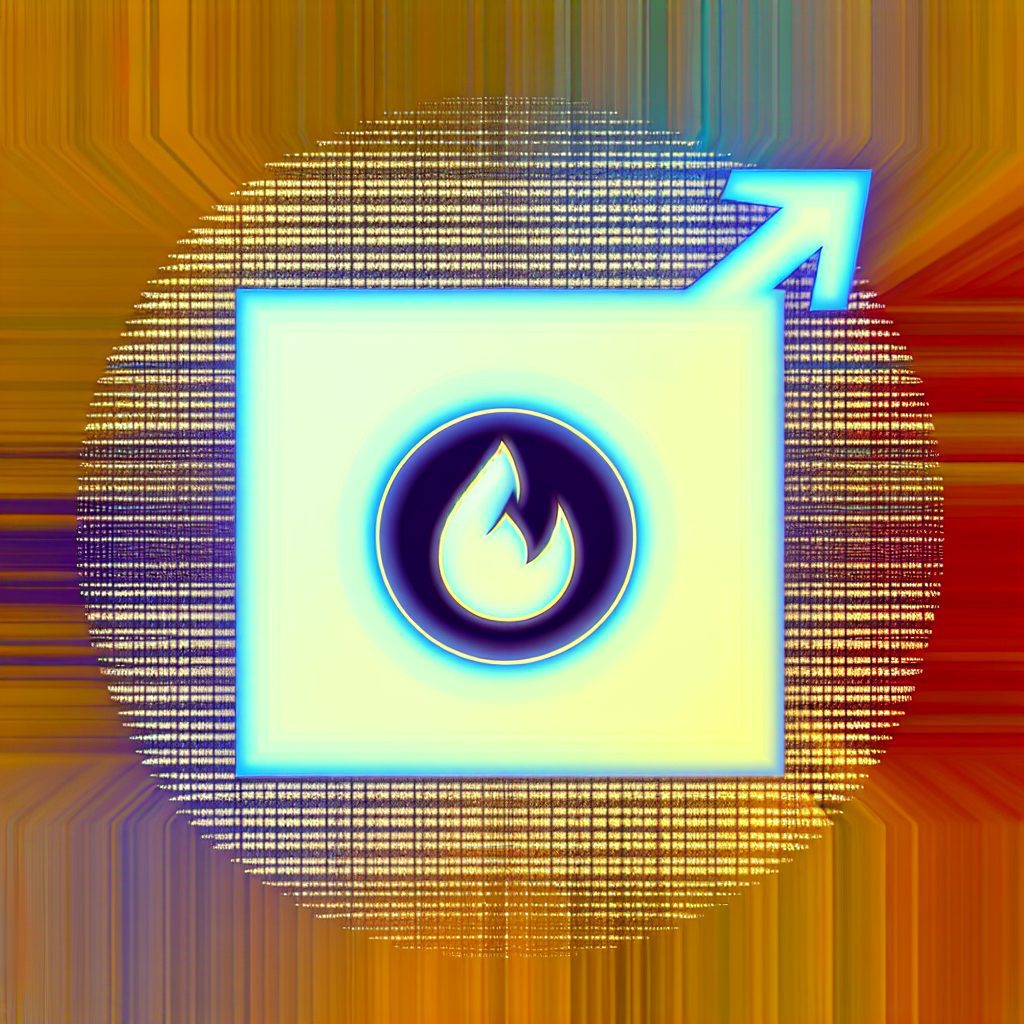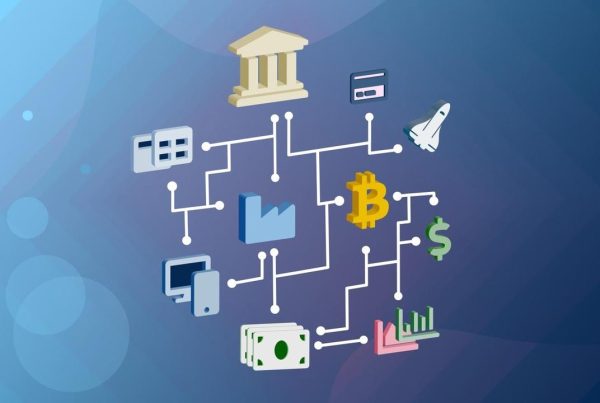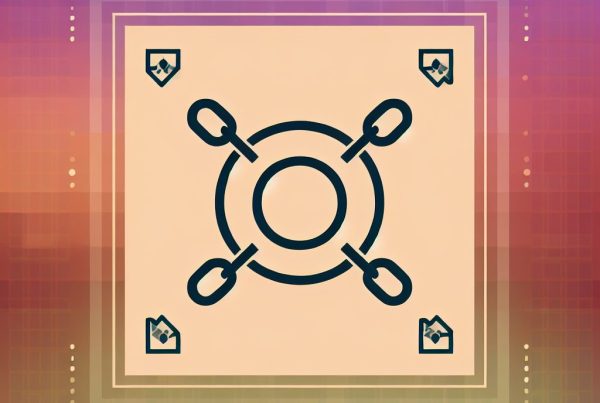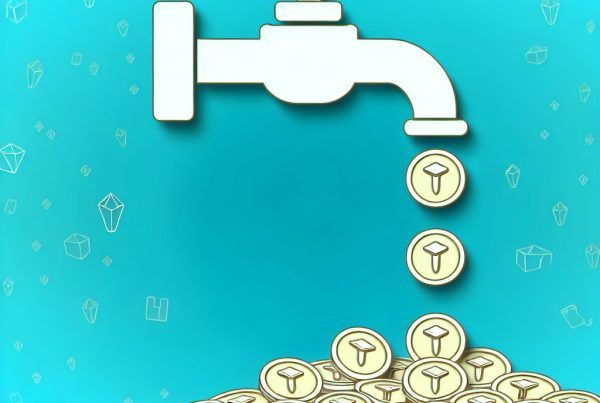Understanding Burn Addresses in Cryptocurrency
The cryptocurrency landscape is filled with unique concepts and terminologies that can be confusing for newcomers and even seasoned investors. One such term is the burn address. This article delves into what a burn address is, its significance in the crypto ecosystem, and how it impacts the overall market dynamics.
What Is a Burn Address?
A burn address is a type of cryptocurrency address that is designed to be unspendable. This means that any cryptocurrency sent to this address is effectively removed from circulation, as there is no way to retrieve it. Burn addresses are often used as a mechanism to reduce the total supply of a cryptocurrency, thereby potentially increasing its value over time.
Burn addresses are typically generated in a way that ensures they cannot be accessed or controlled by anyone. For example, Bitcoin’s burn address is often represented as a string of characters that starts with a “1” or “3” but is not associated with any private key. This ensures that once coins are sent to this address, they are permanently lost.
Why Use a Burn Address?
There are several reasons why cryptocurrency projects utilize burn addresses:
- Supply Control: By reducing the total supply of a cryptocurrency, projects can create scarcity, which may lead to an increase in value.
- Incentivizing Holders: Burning tokens can incentivize holders to keep their assets rather than sell them, as the reduced supply can lead to price appreciation.
- Tokenomics: Many projects incorporate burning mechanisms into their tokenomics to create a deflationary model, which can be appealing to investors.
- Community Trust: Regularly burning tokens can build trust within the community, as it demonstrates a commitment to maintaining the value of the cryptocurrency.
How Does the Burning Process Work?
The process of burning tokens typically involves sending them to a designated burn address. Here’s a step-by-step breakdown:
- Token Selection: The project team decides which tokens to burn, often based on specific criteria such as excess supply or tokens held in reserve.
- Transaction Creation: A transaction is created to send the selected tokens to the burn address.
- Confirmation: Once the transaction is confirmed on the blockchain, the tokens are considered burned and cannot be retrieved.
Real-World Applications of Burn Addresses
Burn addresses are not just theoretical concepts; they have been implemented in various cryptocurrency projects with tangible results. Here are a few notable examples:

1. Ethereum (ETH)
Ethereum introduced a burning mechanism with the implementation of EIP-1559 in August 2021. This upgrade introduced a base fee that is burned with every transaction, effectively reducing the total supply of ETH over time. As a result, Ethereum has seen periods of deflation, which has positively impacted its market value.
2. Binance Coin (BNB)
Binance, one of the largest cryptocurrency exchanges, conducts regular token burns of its native token, BNB. The exchange commits to burning a portion of BNB based on its trading volume, which has led to a significant reduction in supply and has historically contributed to price increases.
3. Shiba Inu (SHIB)
The Shiba Inu community has actively engaged in token burning as a way to increase scarcity. Various initiatives, including community-led burns and partnerships with other projects, have resulted in billions of SHIB tokens being sent to burn addresses, aiming to enhance the token’s value.
The Impact of Burn Addresses on Market Dynamics
Burn addresses play a crucial role in shaping market dynamics within the cryptocurrency space. Here are some key impacts:
1. Price Appreciation
As the supply of a cryptocurrency decreases due to burning, the potential for price appreciation increases. Investors often view burning as a positive signal, leading to increased demand and higher prices.
2. Market Sentiment
Regular token burns can create positive market sentiment. When investors see that a project is actively managing its supply, it can instill confidence and encourage more investment.
3. Speculation
Burning mechanisms can also lead to speculative trading. Traders may buy tokens in anticipation of future burns, hoping to profit from price increases that follow.
Challenges and Criticisms of Token Burning
While burning tokens can have positive effects, it is not without its challenges and criticisms:
- Market Manipulation: Some critics argue that token burns can be used as a tool for market manipulation, creating artificial scarcity.
- Unpredictable Outcomes: The impact of burning on price is not always predictable. In some cases, the market may not respond as anticipated.
- Transparency Issues: If not conducted transparently, token burns can lead to distrust within the community, especially if the community feels that burns are not being executed as promised.
FAQs About Burn Addresses
What happens to tokens sent to a burn address?
Tokens sent to a burn address are permanently removed from circulation and cannot be retrieved. This process is irreversible.
Are all cryptocurrencies using burn addresses?
No, not all cryptocurrencies utilize burn addresses. It is a feature primarily found in certain projects that aim to manage supply and create scarcity.
How can I find out if a cryptocurrency has a burn mechanism?
You can typically find information about a cryptocurrency’s burn mechanism in its whitepaper or official announcements. Additionally, reputable crypto news sites often cover such developments.
Can burning tokens affect the overall market cap of a cryptocurrency?
Yes, burning tokens can affect the overall market cap by reducing the circulating supply. If demand remains constant or increases, the market cap may rise as a result of the reduced supply.
Conclusion
Burn addresses are a fascinating aspect of the cryptocurrency ecosystem, serving as a mechanism for supply control and value enhancement. By understanding how burn addresses work and their implications for market dynamics, investors can make more informed decisions in their cryptocurrency journeys. As the industry continues to evolve, keeping an eye on projects that utilize burn mechanisms can provide valuable insights into potential investment opportunities.
For the latest updates and insights into the cryptocurrency market, consider visiting Bitrabo. You can also follow me on social media for more discussions on crypto trends: X, Instagram, and Threads.
Disclaimer: This article is for informational purposes only and should not be considered financial advice. Always conduct your own research before making investment decisions.
The Crypto Watchlist of the Week 🔎
Subscribe to receive expert-curated projects with real potential—plus trends, risks, and insights that matter. Get handpicked crypto projects, deep analysis & market updates delivered to you.


